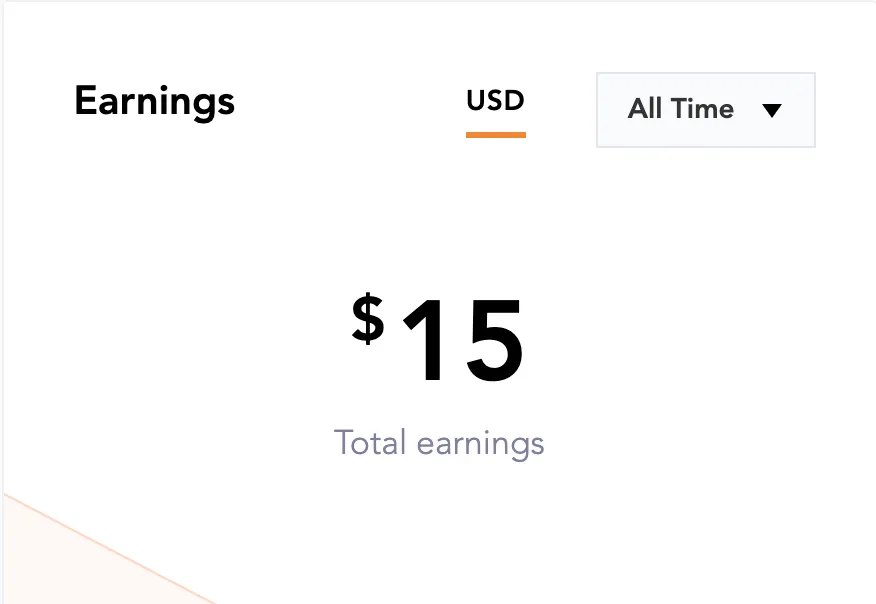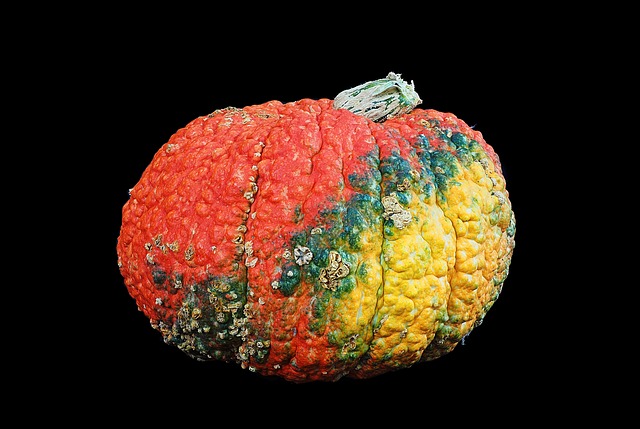Growing from 0 to $20K MRR with Winning Trends | Dru Riley
Listen Up! IH - Episode 8
"Love what you’re working on, stick it out through pivots and iterations."
👆 That's Dru Riley's Advice for Indie Hackers.
Dru is the founder of trends.vc - a one person newsletter that grew from 0 to $20K MRR in under a year.
Every week Dru immerses himself in an upcoming trend and produces in-depth, high quality research for his readers.
He appeared on the [Indie Hackers podcast[(https://www.indiehackers.com/podcast/173-dru-riley-of-trends-vc) back in September 2020.
Dru and Courtland talked about the perils of his indiehacker journey, the growth of his Trends.vc newsletter and the latest trends in new markets that caught his eye.
Some Lessons👇
Dru's Journey - A story of Parkinson's Law
Dru Riley quit his job in 2017 with $250K saved up, enough to last 3 years. During these 3 years, he planned to travel the world, learn new skills and build an indie business.
In his words, he called this 3 year period his "mini-retirement."
His hiatus is the perfect example of Parkinson's Law - the idea that work expands to fill the time available for it.
During the 3 year period, he travelled, learned Jiu-Jitsu, and did some improv, but soon found himself running out of money and time.
Dru's has 12 different projects listed on his personal site - a Twitter sentiment analysis tool, chrome extension, B2B SaaS marketing playbook. But his "winning" project was a weekly newsletter - trends.vc - with trend reports that helped founders discover new markets and ideas.**
The idea for the newsletter only occurred to him in the last 6 months of his 3 year hiatus. If the newsletter wasn't popular - he knew he might have to return to a full time job.
Since creating the newsletter, trends.vc has been remarkably successful. A month before this podcast, in August 2020 Trends.vc made $24000, in March & April he had done $0 in revenue.
There is a short blog post on his site titled - 3 Years. No Income, where he talks about not making any money for 37 months straight.
His all time earnings report in March 2020 reads $15.

That was right after Whit Anderson had donated $15 for a trends.vc report.
He calls that moment his big inflection point —
Trends.vc - The Newsletter
His weekly newsletter is a deep dive analysis on a single growing trend in the market. The newsletter follows a clear structure, he picks a trend and breaks it down into the following components:
- Problem
- Solution
- Players
- Predictions
- Opportunities
- Haters
- Links
The "haters" section is the most entertaining to read — Dru anticipates what his critics are going to say about his analysis and gives solid responses to their questions.
The basic version of the report is free, and it's insanely valuable content, but the Pro version includes exclusive insights, examples and even expert interviews.
The very first Trends report was about Cloud Kitchens, and ever since he has used his newsletter as a way to satisfy his own curiosity.
He even posted the initial ones on IndieHackers.com and got some great responses.
His latest report, if you are interested, is about Productized Services.
The Business Model
Dru sought to monetize trends.vc after he wrote about a related trend in his 11th report - Paid Newsletters
But he wasn't able to hack the business model of paid newsletters immediately.
He tried making every alternate report paid. But nobody bought the paid ones.
He tried selling them individually, but soon people were asking how can they subscribe and pay for all of them in one go.
He asked around, took his friends' advice and made half of each report paid.
That way, when someone liked a particular report and wanted more insights, they would pay and subscribe to it.
And that worked!
As of today, more than 35000 people subscribe to the newsletter!
Twitter - The Distribution Channel
He used Twitter threads to drive traffic to his reports, and while each week is variable as far as views, the tactic has overall been successful for him.
He even gained 2000 subscribers in a week through Twitter!
According to him, Twitter threads are still an underrated distribution strategy.
Lessons
Few lessons from the success of Trends.vc :
Why people love it —
- People appreciate shorter content that adds value to their business.
- People don't care about what you can do, they care about what you can do for them!
Why Dru loves it —
- Trends.vc hits the sweet spot of what he enjoys, what he is good at and what other people need.
- He loves the independence and the sense of purpose that he gets from the newsletter.
- Learning comes from teaching. If you can't explain something simply you don't understand it well enough yourself.
Mistakes
Couple of initial mistakes he made with trends.vc:
- He didn't collect emails right from day 1. He started doing that only after the initial 4 or 5 reports. If he was doing it from the start, he could have built an even better email list.
- He didn't have a separate domain. Initially, he hosted trends on his personal site. When he moved it to a separate domain, it stood out as a brand separated from his personality and people started looking at it with more gravity.
His Secret to Being Prolific
Dru has worked on multiple projects in parallel, he researches and writes in large volumes. He is a prolific creator. His secret - Habits.
He tracks his habits in the app called Habit List
He tries to build streaks over time by tracking his meditation practice, his reading, and his hours of work.
Dru is also a big proponent of Meditation, it helps him lower anxiety, and not be reactive in conversations.
His most impactful habit is what he calls the Comfort Challenge.
As part of the comfort challenge, he challenges himself to try news activities that take him out of his comfort zone.
It is also a way for him to break out of a monotonous routine.
That's where he learned jiu-jitsu and even tried out improv.
Trust - The only non-commodity
Dru touched on an important point about Trust: its the only thing today that is non-commoditized.
Anyone can spin up an app within days to do anything - but no-one can build trust in a few days.
Even ideas can be commoditized, they can be copied. But trust can't be copied.
True value comes from things that are scarce, and in the attention economy, trust is scarce.
Here, trust means people knowing who you are, your values, your style and personality but the term doesn't only apply to individuals, it applies to corporate brands like Nike or Apple as well.
Someone can make a better shoe or phone than Nike or Apple, but they can't gain the trust that these brands have built up over years.
His favorite trends
He writes about new trends every week, but in his September interview with Courtland he mentioned 3 of his favorite trends:
- Startup Studios — A Startup studio is a company that builds companies. It specializes in early stage company building, some of which spin off and the studio keeps an equity stake.
- Paid Newsletters — Paid NLs solve the problem of incentives. Writers funded by advertisers are incentivized to be biased towards their sponsors. With paid NLs writers can focus on providing the maximum value to the reader.
- Cloud Kitchens — Cloud Kitchens are essentially delivery only restaurants. With improved logistics infrastructure it is becoming easier to provide value from cloud kitchens. Traditional restaurants will lose the delivery game unless they optimize.
His Secret to Hockey Stick Growth
The Product Hunt launch of trends.vc was phenomenal. It was product of the month for August 2020. It was also the biggest source of his growth.
But why did the launch work?
2 reasons:
- Dru had plenty of stored goodwill — Over time he had built up enough social capital through his content that people were more than happy to support him when the product launched on PH. He was giving away so much value for free that he had build up a strong support base online.
- He launched late — Dru iterated on the product, improved it, and already had a large email list before he launched on PH. It wasn't on day 1 that he became successful - more like day 150. And that helped him put a more mature product on PH.
But in the end the PH accolades didn't phase him. Instead, he loved the comments he got on the launch.
Today, his advice for anyone starting out is to focus on building audience first products.
Build trust with the audience before you have a product. Write a blog, build an email list, start a podcast. Have a personal brand.
Listen to the audience, get feedback, iterate over your audience. Have social capital, build goodwill and then launch the product.
Read his report on Audience First Products
Advice for Indie Hackers
Final words of advice for Indie Hackers👇
"I just say try to find something that you can stick with for a while. It matters, the market needs to have what you have to offer but I think that V0, version zero, never survives and you have to be willing to stick it out through pivots, through iterations. That’s hard to do if you don’t love what you’re working on." — Dru Riley
"Love what you’re working on, stick it out through pivots and iterations." -- Courtland Allen
Thanks for Reading🙏
Listen to the complete episode on the Indie Hackers podcast.
Every week, I listen to the best podcasts around Indie-Hacking and share the most actionable and inspiring tips from some awesome conversations.
Subscribe to Listen Up! IH and get them directly in your inbox👇
https://www.indiehackers.com/series/listen-up-ih
ICYMI: Last Week I wrote about lessons on building, scaling and selling a community from Jay Clouse
Thanks to Seth King for editing this post.
Cheers,
Ayush






This is an amazing post. Thanks @ayushchat and @sethking
Thanks Dru🙏
You're an inspiration.
Learned a lot from this podcast, and your weekly reports.
Writing it out helped me solidify the lessons from your journey.